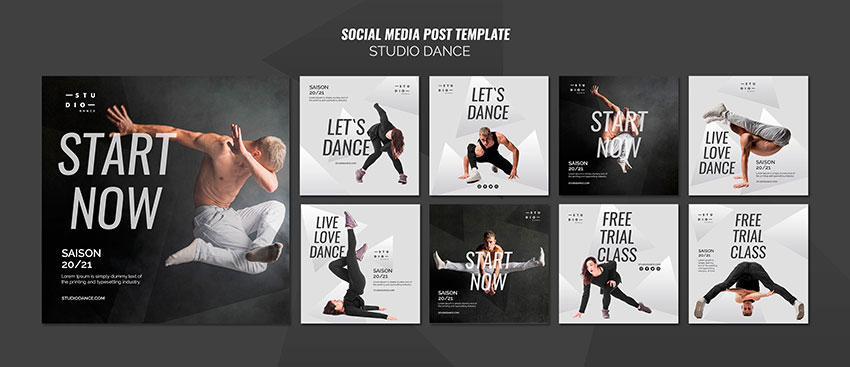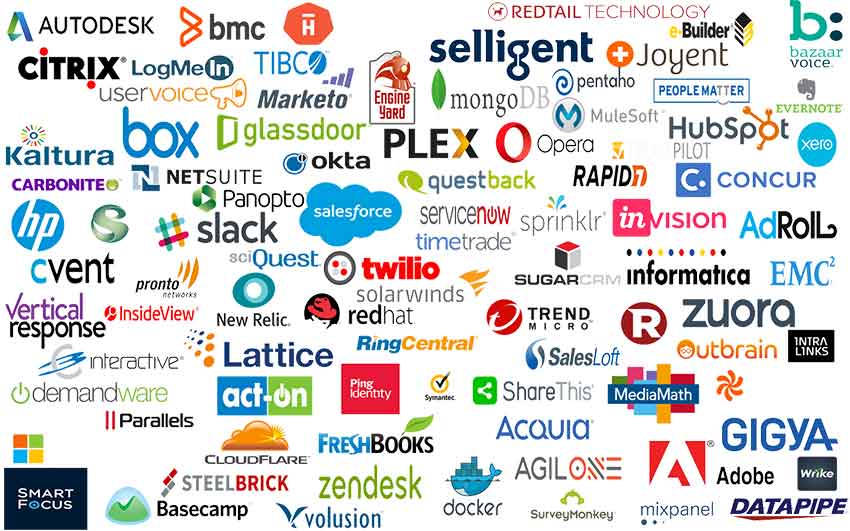Show:
Why is UX the Crucial Skill You Have To Master
If you presently hold the position of a designer in IT company, regardless of your current title; designer, web designer, or something more exotic, such as an interface guru or an experience sommelier, it’s high time you dedicated your time to the study of UX.
Why? Let’s look back at what has been transpiring in the last 20 years. At first glance, nothing dramatic. Your local IT market, as well as the global one, had been growing steadily, with IT companies popping up on every corner and big names opening offices all around the world.

The average industry salary is also on the rise, while it is increasingly challenging to find an available programmer or a designer. As a result, there are more and more highly qualified and well-educated experts who possess the right kind of knowledge to compete for positions in IT companies.
If we look at the bigger picture, this idyllic image slowly starts to disintegrate. Here is why:
Market saturation
The market is gradually becoming saturated. This results in a higher price of IT resources, while profit margins grow thinner.
Such development jeopardizes the existence of smaller companies in the outsourcing market, which automatically reduces the number of available jobs.

Design/UI templates
It’s more and more often the case that clients, primarily guided by their budget, make the decision to purchase ready-made themes or design templates and use them when designing their websites and apps.
Of course, we can discuss the quality and the adaptability of such solutions to real needs but such an approach is sufficient to test a business idea.

Globalization
In 2005, it was easy to overshadow developers and designers from East Asia, primarily through the quality of work. The price of our work hour used to be $15, while they charged $3 but the quality of our work was notably better.
Clients found it easy to empirically deduct that it’s more lucrative to hire us. Since then, enough time had passed for East Asian companies to recognize their shortcoming and to adjust to the market.
The price of our work hour increased to $30 and theirs to $15 but one factor changed dramatically: the difference in quality.
SaaS vs custom software
Likewise, companies are opting for custom software development less and less, as they are switching to ready-made SaaS solutions, further adapting them to their business model – regardless of whether it’s a marketing website or a complex CMS or CRM.
In most cases, it’s more lucrative to pay for a software license in the long run, rather than embark on the adventure of developing custom software on your own.

AI and automation
Let us mention artificial intelligence as well. Artificial Intelligence (AI) is getting more sophisticated by the day, although we are not quite sure of how it manages to do so.
Artificial intelligence successfully writes news articles, novels, and even poetry. Would it be unrealistic to expect that in the near future, sooner than expected, AI would take a stab at graphic design?
Using machine learning and big data concepts, I am positive it will be able to create a UI that people will find perfect in every manner possible, both mathematically and aesthetically, every single time.
Here are a couple of examples of where AI stands right now:
Music
When I did my research on AI composing, I couldn’t imagine it sounds like this:
What was even more thrilling is the progress it made in the past years. Check it’s back catalog and experience the difference yourself.
Articles
Take a look at Are you scared yet, human?, the article fully written by AI. Make sure you pay attention to details.

Visual art
AI also tried creating artworks, and it is far from bad as it could be.

Conclusion
Not much time will pass before conventional graphic and web design are no longer profitable branches of the IT industry. I am not claiming that such jobs won’t exist; of course they will. However, the demand for them will be minimal and reserved for the few ready to pay the high price of manual labor.
There is no longer anything preventing people with an idea to turn their idea into reality – they can rent development resources, purchase design templates, write a couple of lines of any specification, and that’s it. The next potential market sensation is created.
In such a world there is no place for graphic, web, and UI designers, as well as companies practicing this type of outsourcing. At this rate of technology development and market growth, these sorts of jobs will be put out in 7 to 10 years, at the latest. Children presently starting school probably won’t do design as we know it today.
Because of all the reasons listed, it’s important to essentially understand UX, its place in the market, and timely develop skills for it. Approaching IT projects from these aspects is useful in several ways because UX design is a category independent of technology and trends. Therefore, it is more likely that it will survive in the market significantly longer than the jobs IT professionals currently hold. UX deals with ideas, emotions, and experiences, while technology is a tool used for testing and realizing ideas.
Therefore, the answer to the initial question “Why UX?” is rather obvious. We perfect our UX skills so we could survive.

 Return to Previous Page
Return to Previous Page








